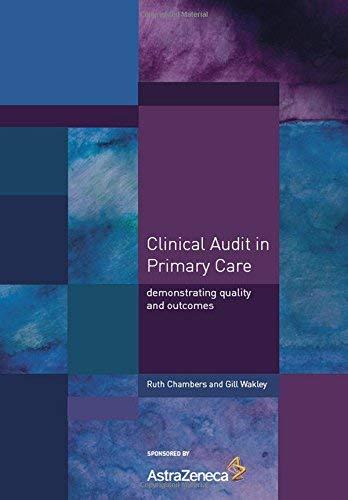Crown and prince company



CROWN and PRINCE Crown & Prince are virtually identical companies; both companies began operations at the beginning of 2012 by issuing 20,000 shares, $5.00 par common stock $100,000 and long term debt of $200,000 During the year, both companies purchased inventory as follows: units Unit cost Total Cost Jan-12 10,000 $4.00 $400,000 Apr 12 10,000 $5.00 $50,000 Aug-12 10,000 $6.00 $60,000 Nov- 12 10,000 $7.00 $70,000 40,000 S220,000 CROWN uses the first-in, first-out (FIFO) method, and PRINCE uses the last-in last-out (LIFO) method of inventory. Both companies sold 35,000 units QUESTION 1: Compute the COST OF GOODS SOLD and INVENTORY for each company, SHOW YOUR CALCULATIONS CROWN PRINCE COGS COGS Inventory Inventory During the year, both companies had sales (all for credit) of $500,000 QUESTION 2: Prepare the following portion of the Income Statement: CROWN PRINCE Sales Revenue COGS Gross Profit Crown uses the percent of sales method to establish a reserve for bad debt, Prince uses the Aging of Accounts Receivable CROWN Estimated PERCENT OF SALES FOR BAD DEBT PRINCE AGING OF AUR at 12/31/2012 AGING Total Current 30 31-60 61-90 over 90 days $50,000 $25,000 $15,000 $10,000 $10,000 $110,000 2% 5% 10% 20% 35% Estimated of Uncollectible Determine the BAD DEBT ExPENSE for each company QUESTION 3: CROWN PRINCE $0 $0 Bad Debt Expense In early January, both companies purchased equipment costing $200,000 with a 10-year useful live & no salvage value CROWN USES the STRAIGHT LINE METHOD method of depreciation PRINCE USES the DOUBLE-DECLINING BALANCE method of depreciation CROWN and PRINCE Crown & Prince are virtually identical companies; both companies began operations at the beginning of 2012 by issuing 20,000 shares, $5.00 par common stock $100,000 and long term debt of $200,000 During the year, both companies purchased inventory as follows: units Unit cost Total Cost Jan-12 10,000 $4.00 $400,000 Apr 12 10,000 $5.00 $50,000 Aug-12 10,000 $6.00 $60,000 Nov- 12 10,000 $7.00 $70,000 40,000 S220,000 CROWN uses the first-in, first-out (FIFO) method, and PRINCE uses the last-in last-out (LIFO) method of inventory. Both companies sold 35,000 units QUESTION 1: Compute the COST OF GOODS SOLD and INVENTORY for each company, SHOW YOUR CALCULATIONS CROWN PRINCE COGS COGS Inventory Inventory During the year, both companies had sales (all for credit) of $500,000 QUESTION 2: Prepare the following portion of the Income Statement: CROWN PRINCE Sales Revenue COGS Gross Profit Crown uses the percent of sales method to establish a reserve for bad debt, Prince uses the Aging of Accounts Receivable CROWN Estimated PERCENT OF SALES FOR BAD DEBT PRINCE AGING OF AUR at 12/31/2012 AGING Total Current 30 31-60 61-90 over 90 days $50,000 $25,000 $15,000 $10,000 $10,000 $110,000 2% 5% 10% 20% 35% Estimated of Uncollectible Determine the BAD DEBT ExPENSE for each company QUESTION 3: CROWN PRINCE $0 $0 Bad Debt Expense In early January, both companies purchased equipment costing $200,000 with a 10-year useful live & no salvage value CROWN USES the STRAIGHT LINE METHOD method of depreciation PRINCE USES the DOUBLE-DECLINING BALANCE method of depreciation









